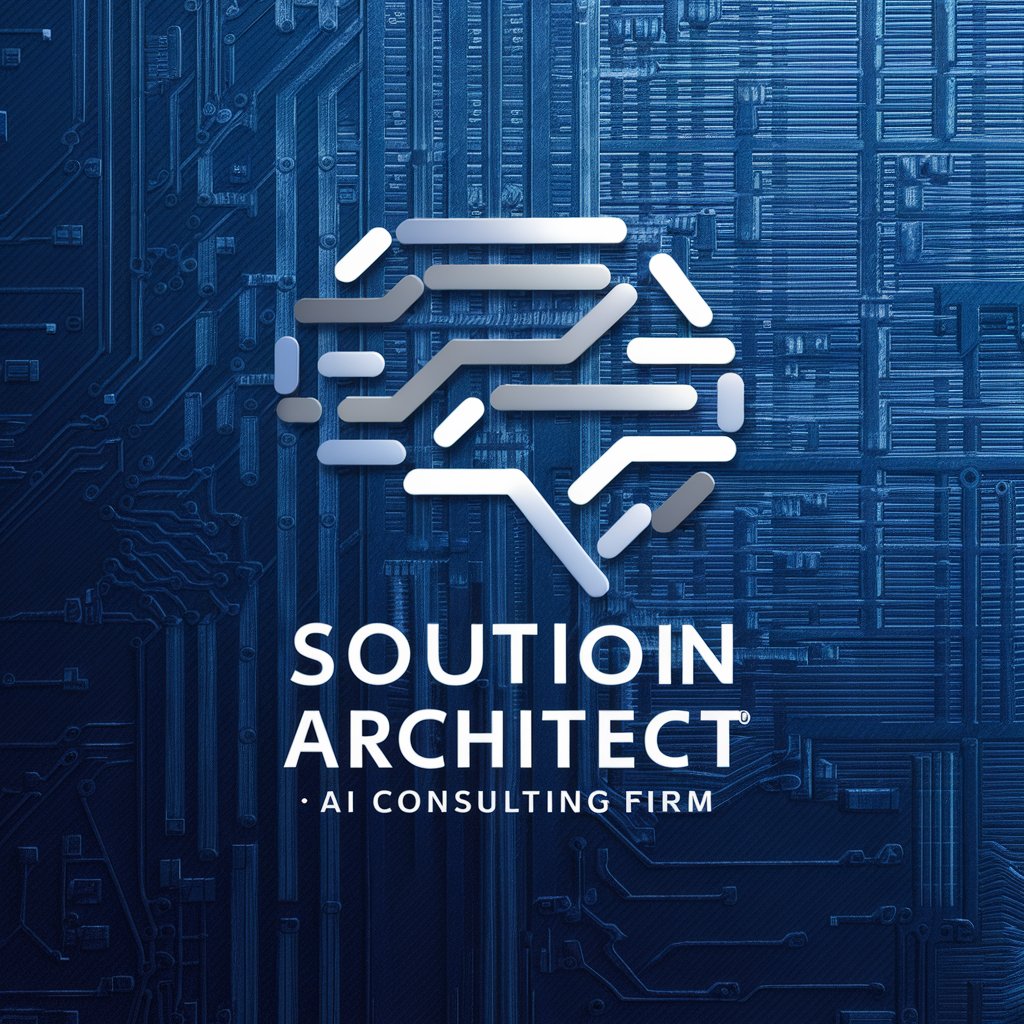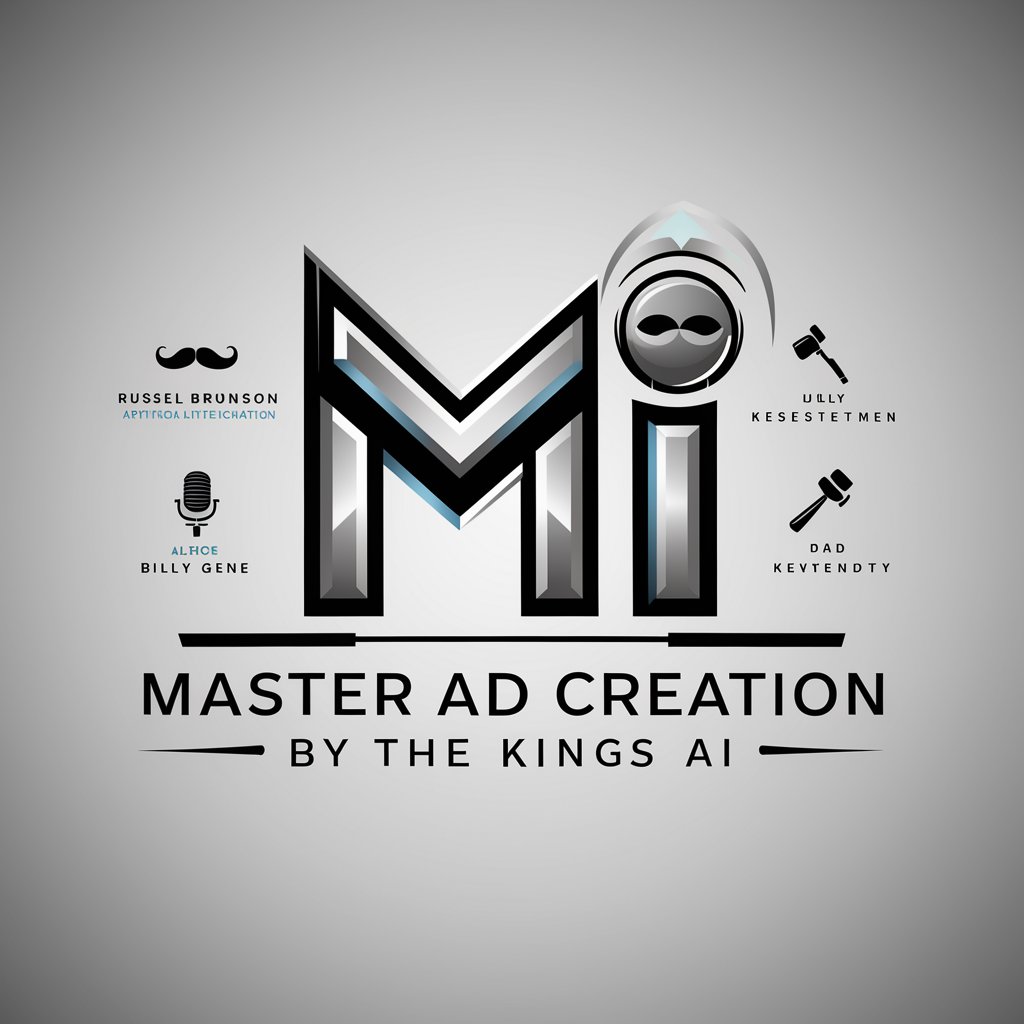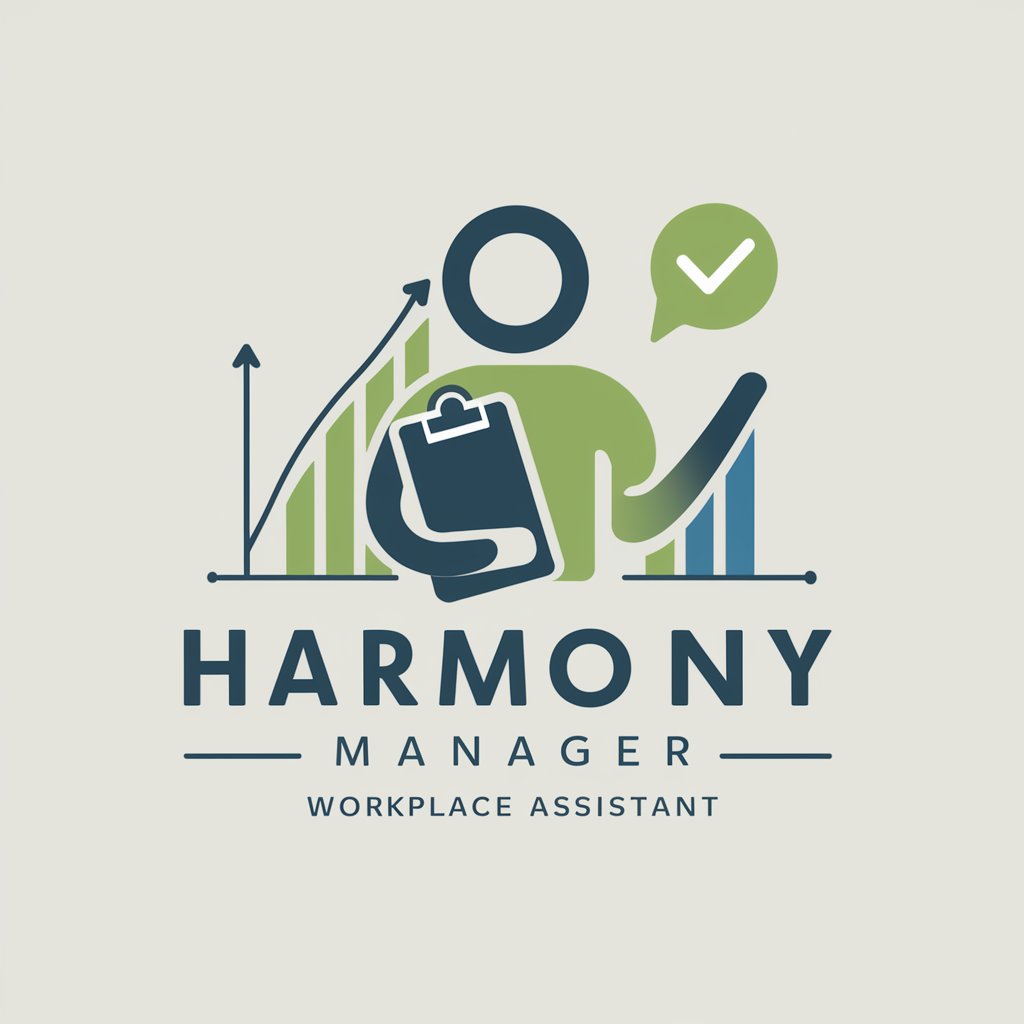Solution Architect - AI-powered Architecture Planning

Hello, how can I assist with your architectural needs today?
Architect Your Vision with AI
Design a system architecture that balances scalability and flexibility...
What are the best practices for implementing microservices in a cloud environment...
How can we ensure high availability and fault tolerance in our new software architecture...
Discuss three alternative solutions for integrating third-party APIs with our existing system...
Get Embed Code
Introduction to Solution Architect
A Solution Architect operates within the intersection of business needs and technology solutions, crafting frameworks that bridge the gap between complex business problems and solutions in technology. They play a pivotal role in guiding the design and implementation of systems, ensuring alignment with business goals, scalability, and sustainability. For example, in a scenario where a company seeks to expand its digital presence while integrating existing legacy systems, a Solution Architect would devise a strategic plan. This plan might involve the adoption of cloud services, API interfaces for seamless integration, and a phased approach to digital transformation, ensuring minimal disruption to ongoing operations. Powered by ChatGPT-4o。

Main Functions of Solution Architect
Strategic Project Planning
Example
Designing a scalable e-commerce platform
Scenario
In the development of an e-commerce platform capable of handling varying loads, a Solution Architect would determine the appropriate cloud infrastructure, choose a microservices architecture for flexibility, and select technologies that support rapid scaling.
Integration Architecture Design
Example
Integrating a new CRM system with existing enterprise applications
Scenario
A Solution Architect would outline a solution for integrating a new CRM system, ensuring data consistency and seamless workflow between the CRM and existing ERP systems. This might involve creating an integration layer or using middleware to facilitate communication between systems.
Technology Stack Selection
Example
Building a mobile application for field service operations
Scenario
For a mobile application supporting field service operations, a Solution Architect would select a technology stack that emphasizes offline functionality, synchronization capabilities for when internet access is available, and cross-platform support to accommodate various mobile devices.
Ideal Users of Solution Architect Services
Enterprise Businesses
Large enterprises undergoing digital transformation benefit immensely from Solution Architect services due to the complexity of integrating new technologies with legacy systems, the necessity for scalable solutions, and the strategic alignment of IT infrastructure with business goals.
Tech Startups
Startups aiming for rapid growth require robust, scalable architectures from the outset. Solution Architects help in selecting the right technology stack, designing systems that can scale with user growth, and ensuring the architecture supports agile development practices.
Government Agencies
Government agencies looking to modernize their IT systems can utilize Solution Architect services to navigate regulatory compliance issues, ensure data security and privacy, and design systems that improve public services through technology.

How to Use Solution Architect
1. Start Your Journey
Initiate your experience by visiting a designated platform offering a free trial, ensuring immediate access without the necessity for login credentials or a premium subscription.
2. Explore Features
Familiarize yourself with the tool's capabilities, focusing on its design, architecture decision records (ADRs), and system visualization features to understand how it can streamline your project's architecture planning.
3. Set Up Your Project
Input your project requirements, goals, and any existing architectural decisions or constraints to tailor the tool's functionality to your specific needs, facilitating a more relevant and effective architectural solution.
4. Engage with the Tool
Utilize the provided templates and guidelines to document your architectural decisions effectively. Leverage the tool's analytical capabilities to assess potential impacts and ensure optimal decisions are made.
5. Review and Iterate
Regularly review the generated architectural plans and ADRs. Use feedback loops to refine your architecture continuously, ensuring it evolves in alignment with project developments and stakeholder feedback.
Try other advanced and practical GPTs
Vue Helper
Empowering your Vue.js journey with AI.

A Better Entrepreneur
Empowering Entrepreneurs with AI-driven Insights

Safe Food
AI-powered dietary safety guidance.

World Economy and Canadian Living Costs from SKC
Demystifying Economic Trends for Canadians

News from Others Shoes
Explore News Through Historical Eyes

AI Astrology Ace
Unlock the Stars: Personalized Astrology at Your Fingertips

Jungian Dream Analysis
Unlock the Secrets of Your Dreams with AI

Master Ad Creation by The Kings AI
Craft Your Message, Engage Your Audience

Terminal 62
Unlock Secrets of the Unknown

Harmony Manager: Workplace Assistant
Empower your team with AI-driven mentorship.

Music Theory Maestro
Empowering Musical Journeys with AI

Pawfect Pics
Transforming pet photos into DSLR-quality art.

Frequently Asked Questions about Solution Architect
What is Solution Architect?
Solution Architect is a tool designed to help software developers and system engineers in planning, documenting, and managing the architecture of their projects. It provides features for creating architectural decision records (ADRs), visualizing system architecture, and ensuring that architectural plans align with project requirements and constraints.
How does Solution Architect help in decision making?
The tool aids in decision making by allowing users to document and manage architectural decisions through ADRs. It facilitates the evaluation of different architectural options, considering their impact on the system, thus enabling informed decision making that aligns with project goals and requirements.
Can Solution Architect be used for agile projects?
Yes, Solution Architect is designed to support agile project methodologies. It enables continuous documentation and management of architectural decisions, allowing for flexibility and iterative development that agile projects require.
Does Solution Architect support collaboration among team members?
Absolutely. The tool supports collaboration by allowing multiple team members to contribute to and review architectural decisions. It ensures that all stakeholders have access to up-to-date architectural information, facilitating effective communication and decision making.
Is there a way to visualize the system architecture with Solution Architect?
Yes, Solution Architect includes features for visualizing system architecture. It allows users to create diagrams that represent the structure and components of the system, providing a visual representation of the architecture that can be easily understood by all stakeholders.
